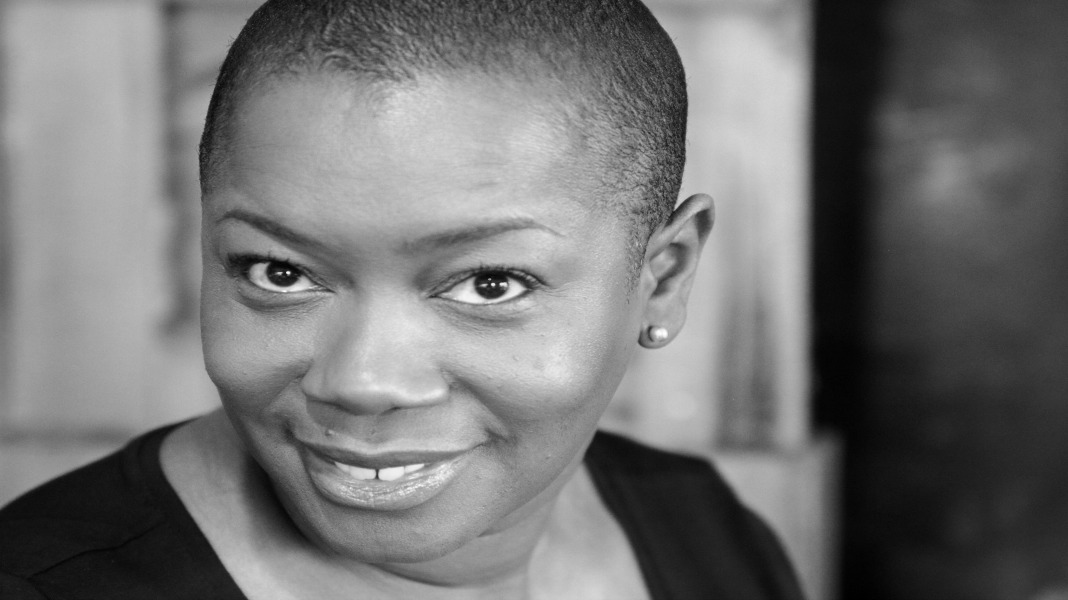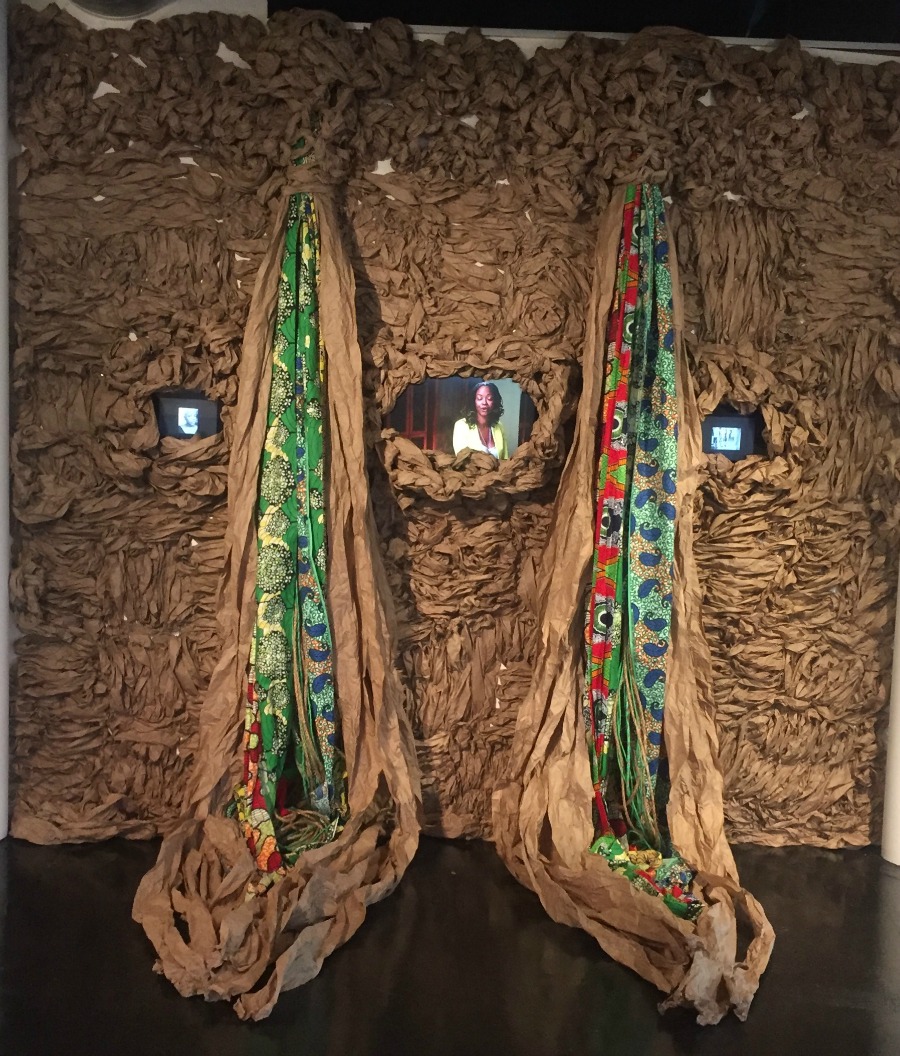When Harlem-based artist Dianne Smith was selected to create a visual interpretation of the poem, “somebody almost walked off wid alla my stuff” as part of a group show to celebrate the 40-year anniversary of “For Colored Girls Who Have Considered Suicide/When the Rainbow Is Enuf” at the Schomburg Museum last year, she never dreamed she would be talking about domestic violence, least of all her own. But that is exactly what happened when her 6’6, 170-lb boyfriend of two years threw her down on the bed and punched her multiple times in the face. It was the first time she’d ever been physically assaulted, and she was clear that the already ending relationship was now over.
“Someone is leaving here tonight, and it’s definitely not going to be me,” she told him immediately after. But he refused to go and even snatched her phone. When she threatened to seek help from the neighbor upstairs, he gave it back, not wanting anyone else to see her face, which by now looked like a “cartoon character.” Eventually, she called her best friend over from across the street, and his best friend who lived nearby, and together they convinced him to pack some things and go. After he left, Dianne’s BFF questioned why she hadn’t called the police.
“I was clear that I wanted him out of my apartment with as little disruption as possible. If I had called the police it could have made the situation worse, from them feeling threatened by his size and killing him, to me being forced to continue contact with him due to the way the system is set up,” she explained. Besides, she had already begun work on her “For Colored Girls” art installation, and she had an important meeting the next day. She had to stay focused.
The next morning, however, Dianne found that moving forward wasn’t so easy. For one, her boyfriend was back waiting for her on the steps outside of her building. Luckily, she had alerted her neighbors who made sure that she was able to leave without him getting near her. She also found she was hiding her face. “It forced me to ask myself, ‘who am I protecting?’ ‘Am I afraid of what people will think of me?’ I had never lived in that space in my life and I decided I would not carry a burden of shame for something I did not ask for.”
From that moment on, Dianne decided to speak truthfully about what happened to her face if anyone asked. It was the beginning of many conversations around domestic violence, whether she was defending herself to friends about why she was choosing not to press charges against her ex– who was now leaving her violent voice messages– to defending Janay Rice, the victim of an assault at the hands of her football player husband, Ray Rice.
“I discovered that a lot of people blame the victims of these assaults by asking very judgemental questions like, ‘why didn’t she leave?’ or ‘what’s wrong with her?’ when they should be asking, ‘what’s wrong with him?’” she pointed out.
It’s a good question because there’s a universe of startling statistics regarding male domestic violence. Everything from three women die every day at the hands of domestic violence to 3 out of 4 victims of domestic violence are killed as they attempt to leave or have already left, and domestic violence is the greatest predictor of future violence against other men. Forget that kids who grow up with domestic violence are three times as likely to repeat the cycle, and 50 percent of homeless women and children are fleeing domestic violence. Clearly, there’s a lot we’re ignoring when we focus on the victim. If anything, she needs help out of a horrific situation. Not ridicule.
While all of this trauma was taking place, Dianne was still working on her installation, and one day after reading “For Colored Girls” again something clicked. “I knew that if I was going to do justice to Ntozake Shange’s poem, I had to be authentic. I had to address what happened to me with the same courageousness that she displayed when she wrote this play about black women in the 70’s,” said Dianne.
Address it she does. The installation, which just ended a month-long show at the Houston Museum Of African American Art- includes a visual interpretation of ‘stuff’ that people walk off with, which Diane used butcher paper, rope, and African textile fabric to create, along with a video component that clearly shows her beaten face from the night of the assault. Dianne took the footage as documentation in case anything ever happened to her. “People become very apologetic, and visibly shaken when they realize that I was actually the victim of an assault, and the pictures are not performance art,” she said. Ultimately, Dianne hopes that telling her story will cause people to look at domestic violence and its victims differently. Given the horrific domestic violence statistics, the recent separation of former Spice Girl, Mel B., from her husband of 10 years for physical and mental abuse, and the recent tragedy in San Bernardino where a teacher and her student were both murdered by her estranged husband, we clearly have work to do.
For more on Dianne Smith, visit DianneSmithArt.com
Follow Erickka Sy Savané on Twitter and Instagram or ErickkaSySavane.com
It Happened To ME from Dianne Smith on Vimeo.











